Motorola Edge+ review with key features

In March 2020, Motorola introduced another smartphone model, the Motorola Edge+. What is interesting in the model? What are the specifications set by the manufacturer? Let's take a closer look at the list of characteristics, advantages and disadvantages of the device.
Motorola Edge+ Smartphone
The first devices from Motorola had a characteristic strict design. After joining the brand to Lenovo, the appearance and design acquired a new shape, similarity with the models of other famous companies, lost their uniqueness. The novelty is similar to the Galaxy Note model, released 5 years ago.
Appearance, ergonomics
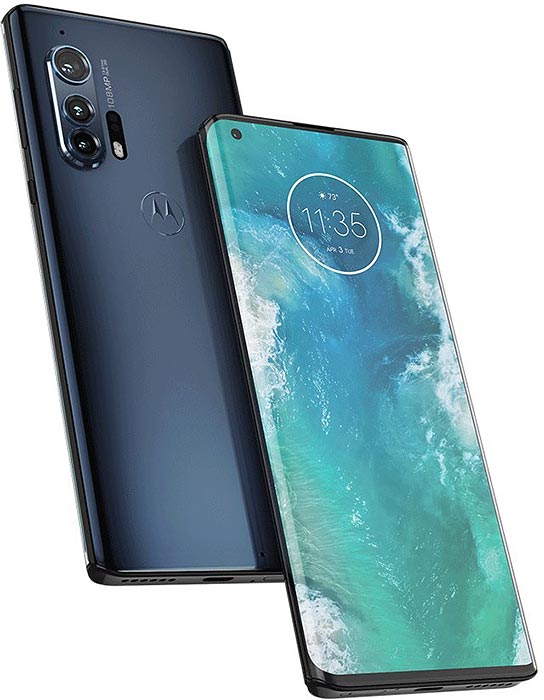
Monoblock with a huge display is made in a blue shade of Blue. No other colors have been announced yet. An almost imperceptible upper frame, a slightly wider chin, side frames are absent due to the special shape of the display.The power / lock buttons, volume buttons are physical, installed on the right side, a dual slot for SIM cards is on the left side. At the top there is a mini-jack connector for connecting a wired headset, at the bottom there is a microphone, a speaker and a USB Type-C jack for charging a smartphone. The rear panel contains the company's logo in the shape of the letter "M" almost in the center, a triple camera unit and an LED flash eye. Externally, the device looks stylish, spectacular, beautiful, has a strict outline, not counting the curved edges of the display. Overall dimensions are similar to those of the Samsung Galaxy S20 Plus: case height 161.1 mm, width 71.3 mm, thickness 9.5 mm. The thickness is due to the installation of a large capacity battery, which is typical for devices with large screens. The weight of the device has not yet been specified. How comfortable it will lie in the hand, we will find out when the model goes on sale.
Mobile communication and Internet
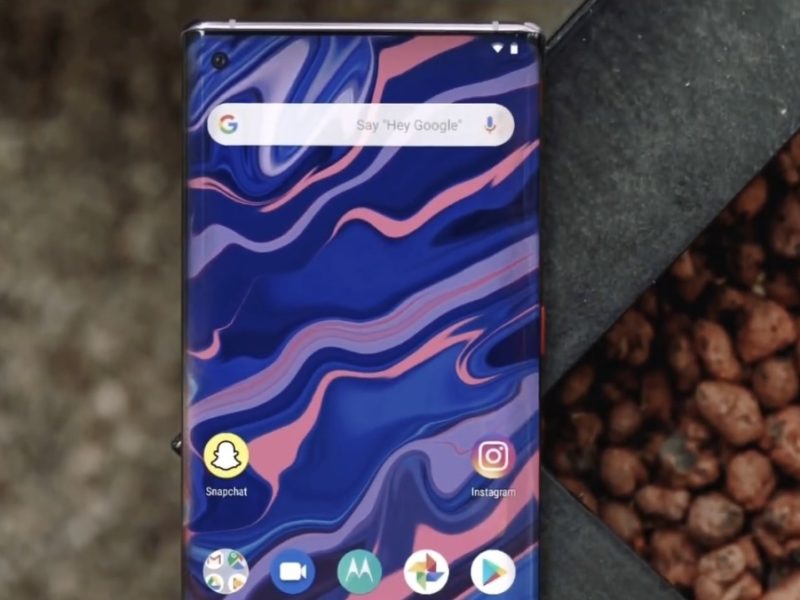
The gadget is operated using a single Nano-SIM or hybrid SIM card with dual standby. The smartphone supports all types of communication from 2G to 5G. The latter format will not work in Russia, it is not supported - 5G networks are planned to be installed in 2024-2025. other formats have been successfully working in different areas of our vast country for a long time. 2G for mobile communications catch the GSM bands on the waves 850/900/1800/1900, in cases where a model with two SIM cards is used. 3G Internet operates on HSDPA 850/900/1700 (AWS) / 1900/2100 bands. Data transmission bands in 4G (LTE) format are not marked. 5G will operate on SA/NSA technology. Data transfer is carried out at a speed of 42.2 / 5.76 Mbps.
Display and its features
The novelty has a Super AMOLED matrix.
The display is made using Waterfall FullView technology - a waterfall-type screen. The first two models with a similar display were advertised in October 2019: they were Huawei Mate 30 Pro and Vivo Nex 3.
Subsequently, other manufacturers picked up the new technology. The waterfall screen is considered the third technology in the evolution of smartphone displays after flat and curved screens. The principle of technology is simple: on the sides the screen is bent by almost 90 degrees, forming side edges, behind which no frames are visible. Due to them, the surface areas of the frontal plane and the screen plane are almost the same, their ratio is close to 100%. Standard flat-panel displays are less elongated. The aspect ratio of the screen in the new product is 19.5: 9. The diagonal size is 6.67 inches, the usable area is 109.2 sq.cm. Capacitive touch screen with multi-touch function, transmits up to 16 million colors and shades. The screen resolution is quite high: 1080 x 2340 pixels, the image is transmitted in FullHD + mode. The density of pixels per inch of area is approximately 386 units. Frames are refreshed at 90Hz, as is the case with most high-end models.
The front camera with one lens is located in the upper left corner of the flat part of the screen. An optical fingerprint scanner is installed under the display. To avoid accidental keystrokes, there are no touch pads with tactile response in the side faces. The volume and on/off keys are located a little further on the smartphone body. Waterfall screens have a significant disadvantage - there is no protection on the edges of the display. If you use your smartphone carelessly, this part of the screen can be damaged and scratched.
Memory and device performance

The internal memory has a capacity of 256 GB, the RAM reaches 12 GB.You can use a microSDXC memory card to expand the memory. The card can be installed instead of the second SIM card in the slot for installing SIM cards. There is no separate slot provided. Modern flagships are equipped with high-resolution multi-module cameras, the video and photo format is large in size and takes up a lot of space. The problem is noticeable when the device does not have enough memory to accommodate photos and videos. In such cases, the new UFS standard is applied, which allows to increase the operating speed of the device and the autonomy of work. This also applies to the Motorola Edge + model. The UFS format provides maximum write and read speeds with minimal power consumption.
Processor, operating system

Based on the smartphone, a productive Octa-core processor is installed. 8 Kryo 585 cores work in three clusters in the form of 1 + 3 + 4. The clock frequency of the cores is 2.84 GHz / 2.42 GHz / 1.8 GHz, respectively. The processor is powered by Qualcomm SM8250 Snapdragon 865 chipset, with GPU Adreno 650 graphics accelerator and 7nm+ process technology. The chip supports the "artificial intelligence" mode. The function improves the quality of the picture when shooting a photo - video, the pictures are highly detailed. Processor performance is related to the speed of the device when loading virtual pages, mobile applications, provides a smooth transition through the pages and tabs of the menu, Internet pages. For gamers, it should be noted that the smartphone provides games at medium menu settings. Avid gamers should purchase products with other characteristics.
In the novelty, the manufacturer uses the Android operating system version 10.0. It offers a classic interface, standard applications, icons and desktop shortcuts.The company does not use its own skins.
Multimedia features
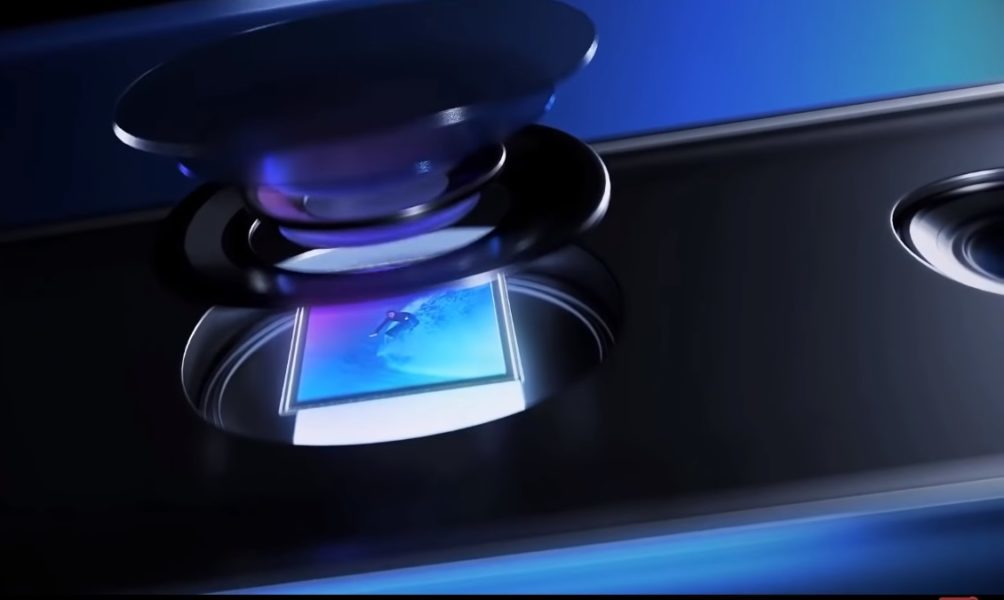
The main camera unit is installed on the back cover of the device. It holds 3 lenses. The 108MP main camera has a wide-angle lens, f/1.7 aperture, PDAF autofocus, and an OIS optical gyroscope. The second lens is 8 MP with f/2.4 aperture and operates in telephoto mode, with PDAF autofocus, 3x optical zoom and optical image stabilizer OIS. The third 16 MP lens is considered super wide-angle, has an aperture of 2.2. For cameras, a feature is a dual two-tone LED flash, a panorama mode and high-quality HDR shooting. The video output is 2160 pixels at 30 fps, 1080p/30 fps.
The selfie camera is installed at the top left of the display. Its resolution is 25 megapixels, the aperture is f / 2.0. The HDR shooting mode works. Video output: 1080 pixels / 30 frames per second.
Battery and Charging Functions
The device has a non-removable Li-Po battery with a large capacity of 5170 mAh. Its charge is enough for a day when working in active mode. For quick charging of the device, a special function and a 15W charger are provided.
Wireless and wired connections

The gadget has standard wireless technologies: Bluetooth version 5.0; dual-band Wi-Fi 802.11, with a password access point, Wi-Fi Direct. There is no infrared port, which is not a disadvantage. In a diameter of up to 10 meters, Bluetooth will work freely. To connect the charger, a USB 3.1 connector is used, a reversible Type-C 1.0 connector. The 3.5 mm jack allows you to connect wired headphones to the device.At the same time, you can’t listen to the radio - antennas are not provided for it. An NFC chip is connected to pay for goods at the checkout. The following navigation systems are used: GPS with dual-band A-GPS, GALILEO, BDS, GLONASS.
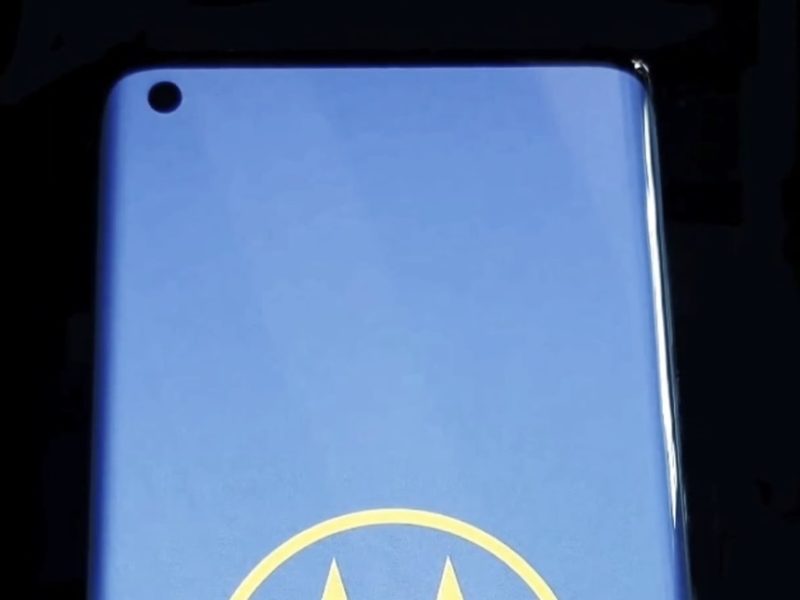
Built-in add-ons
As in most flagships, in addition to the main functions, additional ones are built in that improve the quality of using the device. The optical fingerprint sensor is integrated into the screen. The response speed is instant, without freezing, thanks to the Super AMOLED matrix. The gyroscope stabilizes the image in the lens during photo and video shooting, allows you to get high-quality pictures with clear detail. The standard proximity sensor is triggered when you bring the phone to your ear: the screen turns off, thereby saving battery power. The accelerometer places the image on the screen in the desired plane, horizontal or vertical, with a minimum angle of rotation of the device in space. The built-in compass will allow you to navigate in an unfamiliar place. If the user forgot the wallet at home or in the car in the parking lot on the lower floor, the NFC chip in the smartphone will help pay for purchases or services at the checkout.

Pros and cons
- beautiful appearance;
- flagship capabilities;
- Waterfall FullView screen looks spectacular and stylish;
- maximum screen area;
- matrix performance;
- minimum sensor response time;
- fast processor;
- optical fingerprint scanner;
- a large amount of internal and RAM;
- cameras with high resolution lenses;
- there is a built-in NFC chip for paying for purchases without a bank card;
- application of the UFS standard for fast exchange of information with minimal energy savings.
- no radio;
- the side edges of the screen do not have protection and are subject to mechanical damage;
- information on the model is not presented in full.
Specifications in the table:
| Characteristics | Options | |||
|---|---|---|---|---|
| Using SIM cards | SIM Hybrid Dual SIM, Nano-SIM, dual standby | |||
| Screen resolution | 1080x2340px, 386 PPI | |||
| Screen Matrix | Super AMOLED | |||
| Number of colors | 16M | |||
| Screen type | capacitive, touch | |||
| Screen size, (in inches) | 6.67" | |||
| CPU | 8-core Octa-core (1x2.84GHz Kryo 585 & 3x2.42GHz Kryo 585 & 4x1.8GHz Kryo 585) | |||
| Chipset | Qualcomm SM8250 Snapdragon 865 (7nm+) | |||
| Operating system | Android 10.0 | |||
| RAM | 12GB | |||
| Built-in memory | 256GB | |||
| Memory card and volume | microSDXC, shared SIM slot | |||
| Navigation | A-GPS, GLONASS, BDS, GALILEO | |||
| Wireless interfaces | Wi-Fi 802.11 a/b/g/n/ac, Dual Band, Wi-Fi Direct, Hotspot, Bluetooth 5.0, A2DP, LE | |||
| Wired interfaces | USB 3.1, reversible Type-C 1.0 connector | |||
| IR port | No | |||
| NFC chip | Yes | |||
| Battery | 5170 mAh, non-removable, Li-Po, fast charging 15 W | |||
| FM radio | No | |||
| Number of cameras | 3+1 | |||
| Main camera | 108 MP (wide), PDAF, OIS + 8 MP (telephoto, 3x zoom, PDAF, OIS), + 16 MP ultra wide) | |||
| Shooting modes | dual LED dual tone flash, HDR, panorama | |||
| Video | 2160p/30fps1080p/30fps | |||
| Front-camera | 25 MP | |||
| Shooting modes | HDR | |||
| Video | 1080p/30fps | |||
| Microphone and speakers | Yes | |||
| Headphone jack | Yes | |||
| Additional functions | Optical fingerprint sensor, Compass, Accelerometer, Gyroscope, Proximity sensor | |||
| dimensions | 161.1 x 71.3 x 9.5 mm. |
Conclusion
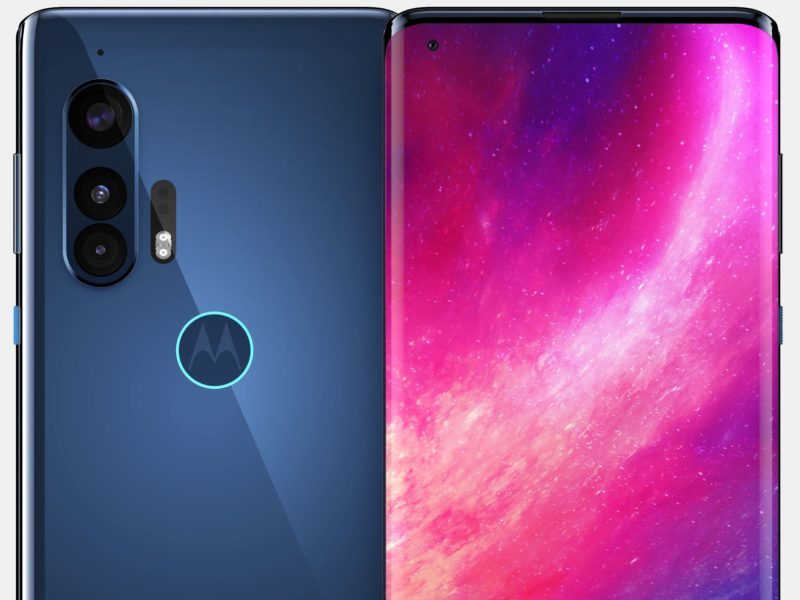
The Motorola Edge+ is reminiscent of the Galaxy Note smartphone. Despite the similarity, the novelty has clear characteristics of the flagship.Among the advantages are the Super AMOLED waterfall screen, capacious battery, 4 high-resolution cameras, 12 GB of RAM and a powerful Octa-core processor with a fast Snapdragon chipset. It remains to wait for the launch on the Russian market in order to evaluate all the capabilities of the device.
new entries
Categories
Useful
Popular Articles
-

Top ranking of the best and cheapest scooters up to 50cc in 2025
Views: 131651 -

Rating of the best soundproofing materials for an apartment in 2025
Views: 127690 -

Rating of cheap analogues of expensive medicines for flu and colds for 2025
Views: 124519 -

The best men's sneakers in 2025
Views: 124033 -

The Best Complex Vitamins in 2025
Views: 121939 -

Top ranking of the best smartwatches 2025 - price-quality ratio
Views: 114980 -

The best paint for gray hair - top rating 2025
Views: 113395 -

Ranking of the best wood paints for interior work in 2025
Views: 110318 -

Rating of the best spinning reels in 2025
Views: 105329 -

Ranking of the best sex dolls for men for 2025
Views: 104366 -

Ranking of the best action cameras from China in 2025
Views: 102216 -

The most effective calcium preparations for adults and children in 2025
Views: 102011









